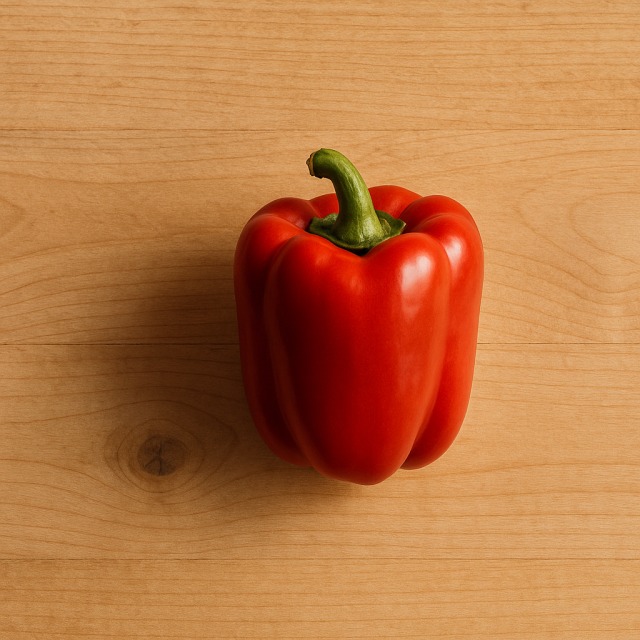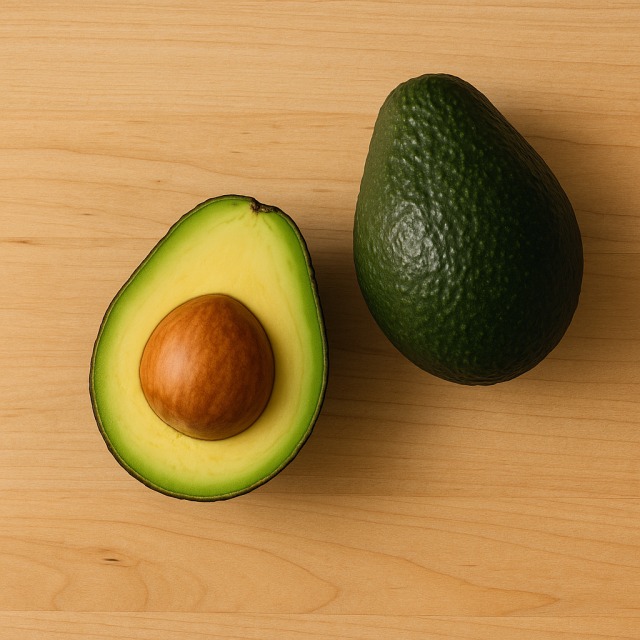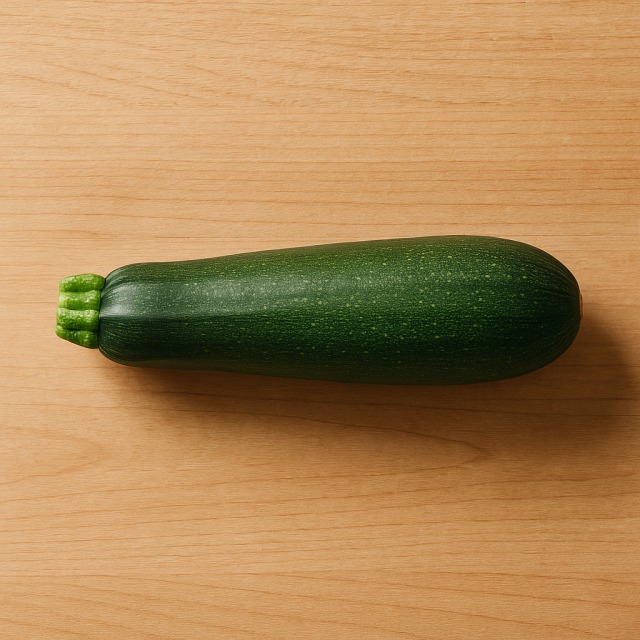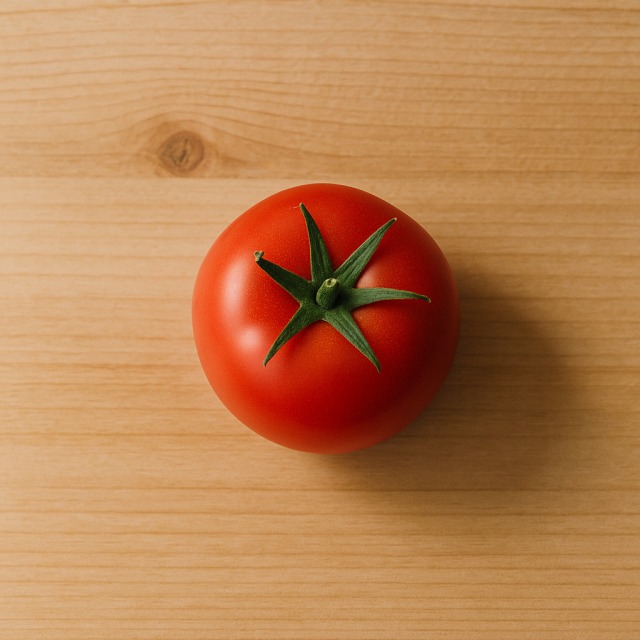Calorie Chart / Vegetables / Bell pepper
How Many Calories Are in Bell pepper?
Calculation of the nutritional value & Recommended Dietary Intake of bell pepper
For g and a calorie requirement of kcal
| Calories 26 kcal | Proteins 0.9 g | Lipids 0.3 g | Carbohydrates 4.9 g |
| 1% | 1% | 0% | 2% |
Health benefits of bell pepper

Bell pepper - 100g
Calories 26 kcal
Proteins 0.9 g
Lipids 0.3 g
Carbohydrates 4.9 g
With only 26 calories per 100 g, bell pepper belongs to the low-calorie family of vegetables, making it ideal for anyone monitoring daily calories. Despite this modest calorie load, it delivers an impressive nutrient density.
Bell pepper is one of the richest natural sources of vitamin C (more than many citrus fruits), which contributes to normal immune function and helps reduce fatigue without increasing calories. It also supplies provitamin A (beta-carotene), vitamin B6, and folate, nutrients that support vision, red-blood-cell formation, and energy metabolism while keeping overall calories in check.
On the mineral side, potassium helps regulate blood pressure, and small amounts of manganese and magnesium assist enzymatic reactions—all at virtually no extra calories. The bright colours (red, yellow, orange) signal antioxidants such as capsanthin, lutein, and zeaxanthin that may protect cells from oxidative stress; these benefits are considered promising but still "supposed" for long-term disease prevention.
Historically, bell pepper was domesticated in Central and South America more than 7,000 years ago. It reached Europe in the 16th century and became a staple of Mediterranean cuisine precisely because it provides flavour, colour, and nutrients without adding many calories.
Tips for incorporating bell pepper into a balanced diet
Because bell pepper is so low in calories, it can bulk up meals without compromising a calorie-controlled plan. Add raw strips to a salad of tomato, cucumber, and feta for a crunchy starter that scarcely nudges your calories upward.
For a satisfying main course that balances calories, proteins, and fibre, try stuffing bell peppers with cooked quinoa, diced chicken breast, and herbs. Compared with a pastry-based dish of equal size, this option cuts calories dramatically while boosting proteins.
If you crave a warm plate, sauté bell pepper with zucchini and eggplant to create a homemade ratatouille similar to the ready-made ratatouille in the database; serve it alongside a spoonful of brown rice. The vegetables add volume for very few calories, allowing the rice to supply complex carbohydrates without sending total calories sky-high.
Finally, athletes looking to replenish micronutrients without overloading calories can blend roasted bell pepper into a post-workout hummus or gazpacho. In every case, the calories stay modest, while flavour and vitamins soar.
Frequently Asked Questions
- How many calories are in bell pepper?
- Bell pepper provides 26 kcal per 100 g, a very low amount of calories.
- Is bell pepper good for weight-loss diets?
- Yes. Its high water content and 26 kcal per 100 g mean you can eat generous portions while keeping calories under control, which promotes satiety without excess calories.
- Does cooking change the calories of bell pepper?
- Cooking itself does not create extra calories, but adding oil, cheese, or sauces will raise the final calories of the dish. Plain grilled or steamed bell pepper keeps the original 26 kcal per 100 g.
- Which colour of bell pepper has the fewest calories?
- Green, red, and yellow varieties all hover around 25–30 kcal per 100 g, so the difference in calories is negligible; choose by taste rather than calories.
- Can I eat bell pepper every day without exceeding my calories?
- In most balanced menus, daily portions of bell pepper fit easily into the calorie budget because even 200 g supplies just about 52 kcal, leaving room for other foods while keeping total calories reasonable.
Similar foods
Information provided by Calorie Menu may contain inaccuracies or errors. It cannot, under any circumstances, substitute medical advice or medication.










